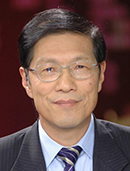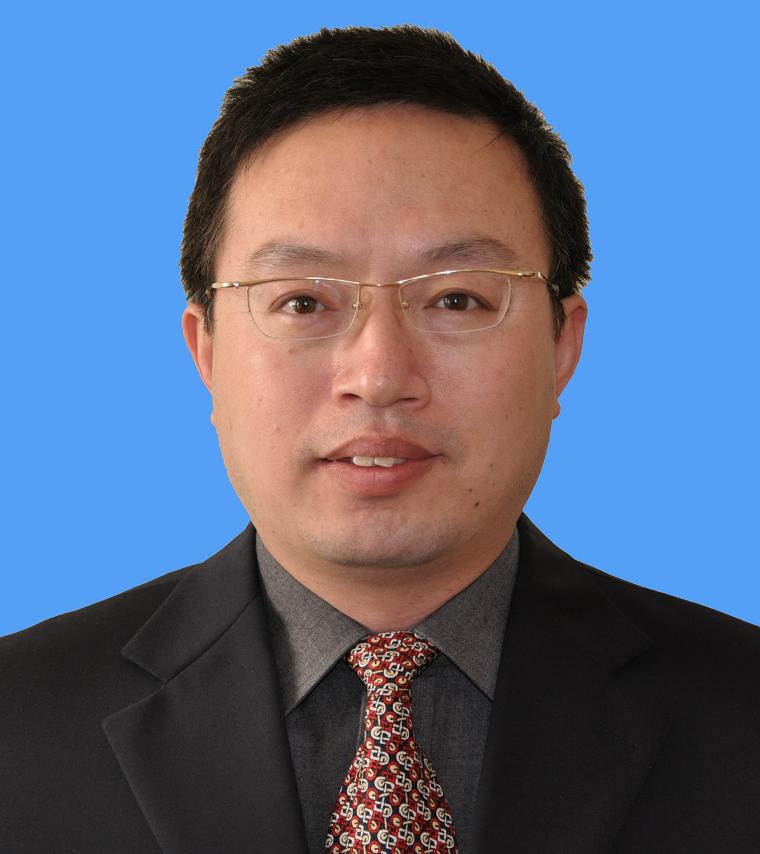Chinese President Xi Jinping will visit Trinidad and Tobago, Costa Rica and Mexico and hold a meeting with US President Barack Obama at Sunnylands, the Walter and Leonore Annenberg Estate in California. This will be a new important step in the full swing of Chinese diplomacy since the new leadership took office.
President Xi’s first foreign trip took him to Russia and African countries. Russia is the most important neighbor of China. The borderline between them is 4300 kilometers. The two strategic partners both have important influence in the world. In the past few years, Chinese leaders’ first foreign trip has been to African countries every year. This has become a tradition. In April, the Boao Forum for Asia held its annual conference and French President Francois Hollande visited China, his first visit here since taking office and one that made him the first European guest for the new Chinese leaders.
Premier Li Keqiang is now visiting India. This trip will also take him to Pakistan, Germany and Switzerland while Xi is going to Latin America and meeting US President. In just a few months, Chinese leaders will have set their feet on major continents of the world, showing new faces of Chinese diplomacy.
Xi actually visited the US in February last year and met President Obama and Vice President Joe Biden as Chinese Vice President. Last December, after the China-US Joint Commission on Commerce and Trade meeting in Washington, President Obama, who had just been re-elected, met Vice Premier Wang Qishan and told the latter that he looked forward to meeting Xi. During the National People’s Congress sessions in March, Tom Donilon, Assistant to the President for National Security Affairs, delivered a long speech on 11 March, expounding on America’s rebalancing strategy. Talking about China, he said, “As China completes its leadership transition, the Administration is well positioned to build on our existing relationships with Xi Jinping, Li Keqiang and other top Chinese.” It seems that both sides are eager to meet each other. During his first term, President Obama met President Hu Jintao for the first time during the G20 Summit in London on 1 April 2009. It is now already late May. If Chinese and American Presidents are to meet on an international occasion, they will have to wait until upcoming G20 Summit in Saint Petersburg in September. State visits will of course take longer time to prepare. The proposition to meet in California seems to be a flexible and innovative start of contacts between the two leaders.
Meetings between leaders constitute a top-level strategic dialogue. There are over 90 communication and cooperation platforms between the two countries, including the Strategic and Economic Dialogue. Yet face-to-face meeting between leaders remains the most important mechanism. It is fair to say that interactions and meetings between leaders have been a most important factor and continuous driving force for the stable and sound development of bilateral relations since President Nixon’s ice-breaking China tour in 1972.
Mao Zedong discussed “philosophy” with Nixon, indicating a need to view China-US relations from a macro, overall and long-term perspective without being rigidly restrained by specific issues. This was followed by generations of leaders in the two countries, thus overcoming various obstacles and pushing bilateral relationship forward. The lesson remains critical for today’s China-US relationship. A few years ago, leaders of the two countries agreed to construct a partnership and expressed willingness to jointly explore a new type of relationship between major countries. The upcoming Xi-Obama meeting offers an important opportunity to continue this job.
Establishing trust in the personal relationship between leaders is of great significance to bilateral relations. Policies are made by humans. History of China-US relations testifies about the critical role of mutual trust between leaders in handling thorny problems. During the ice-breaking stage, there was trust between Mao Zedong and Zhou Enlai with Richard Nixon and Henry Kissinger. In the normalization process, there was trust between Deng Xiaoping with Jimmy Carter and Zbigniew Brezinski. Face-to-face meetings and unfettered candid exchanges on all questions play an essential role for the building of trust. The upcoming meeting offers such an opportunity.
Both Chinese and American leaders now focus their attention on domestic affairs. China needs to transform the mode of economic growth, speed up urbanization and create a harmonious society and a beautiful country. The US wants to promote economic recovery, create jobs and reduce fiscal deficit. Both leaders have on their respective agenda a long list of domestic issues to be resolved. Now that domestic issues have to certain extent become issues of bilateral relations, the two countries can actually complement each other. They need to assist each other in achieving domestic policy goals as either’s development will bring benefit to the other. China can help the US in its efforts to create jobs and double export. By the same token, economic recovery in the US will stimulate Chinese export growth. Since the outbreak of this financial crisis, G20 has stressed again and again the need to strengthen macro-economic coordination, a change to international relations brought about by globalization. The upcoming Xi-Obama meeting will be a good opportunity for them to exchange views on respective domestic policies and enhance mutual understanding in this aspect. Let us expect positive results from the meeting.
Tao Wenzhao is a researcher at the Institute of American Studies, Chinese Academy of Social Sciences.


